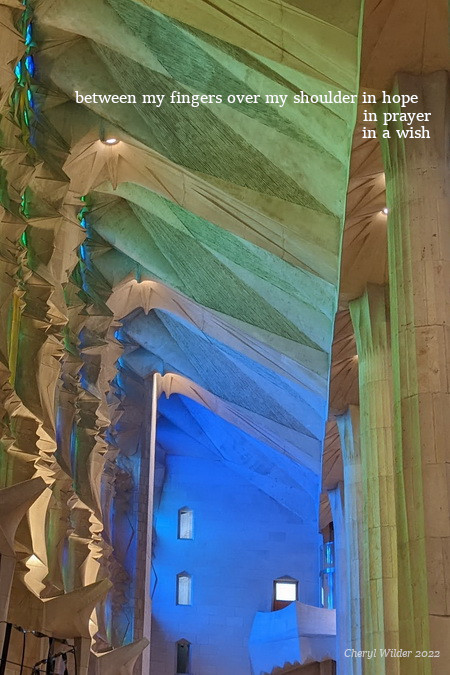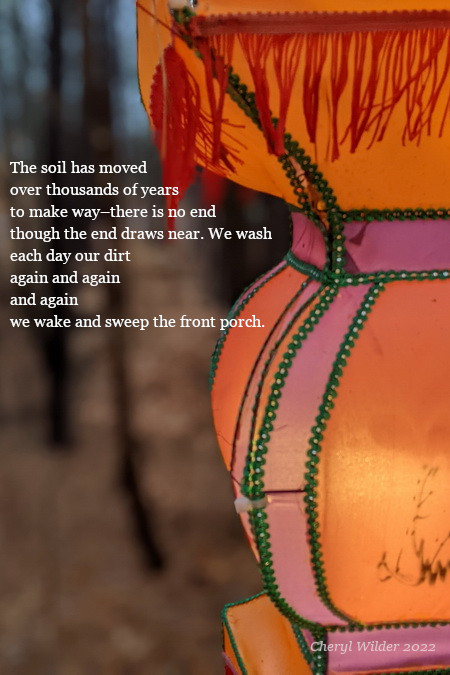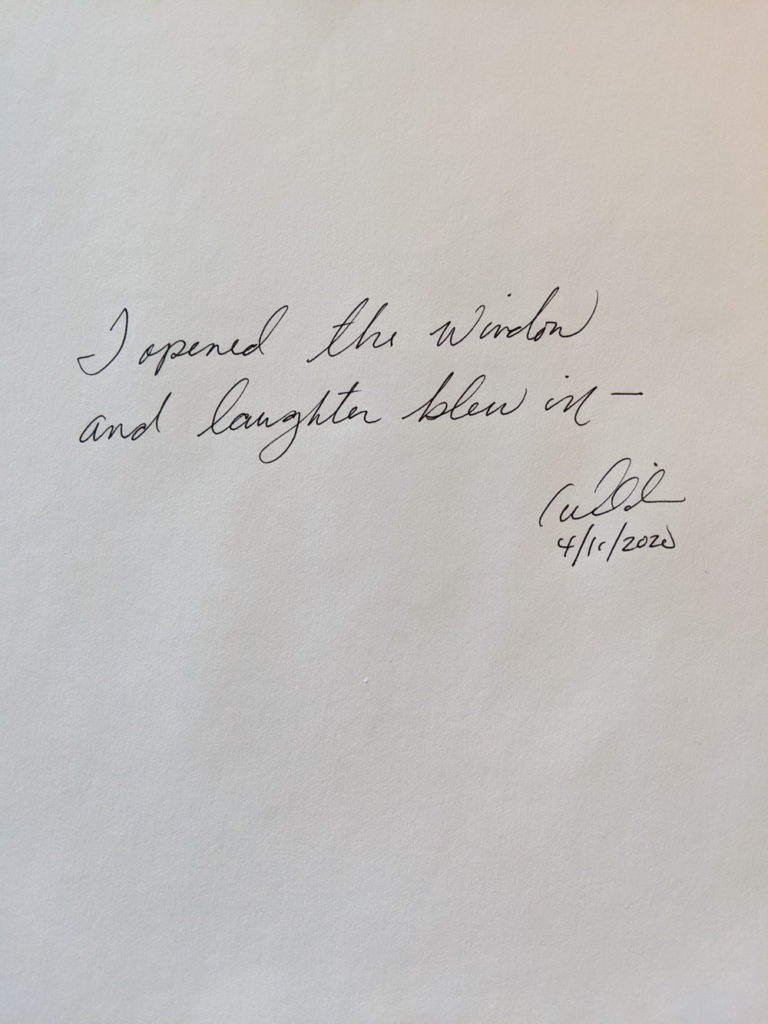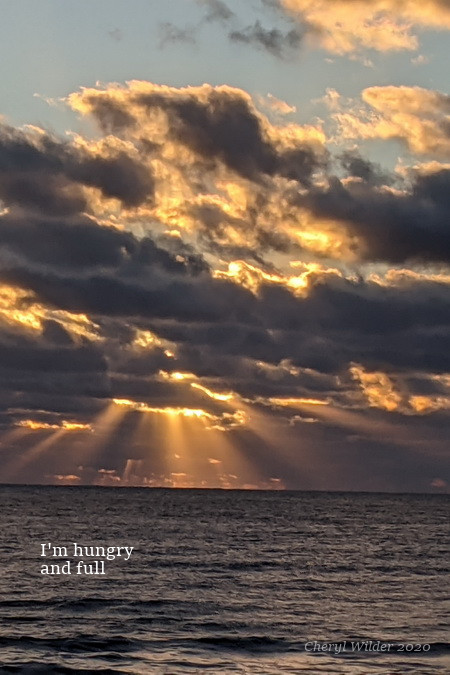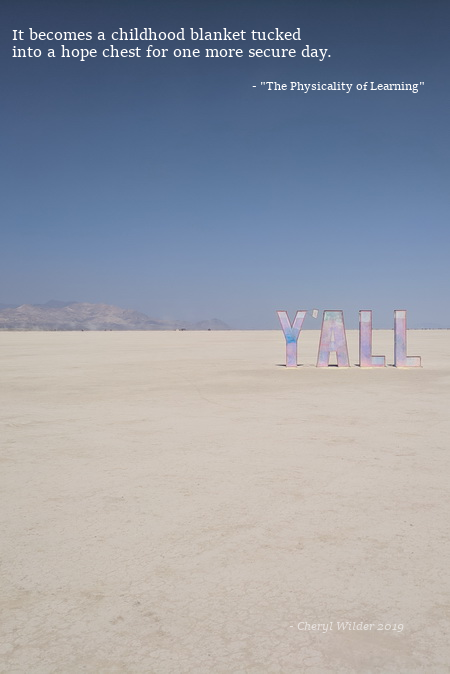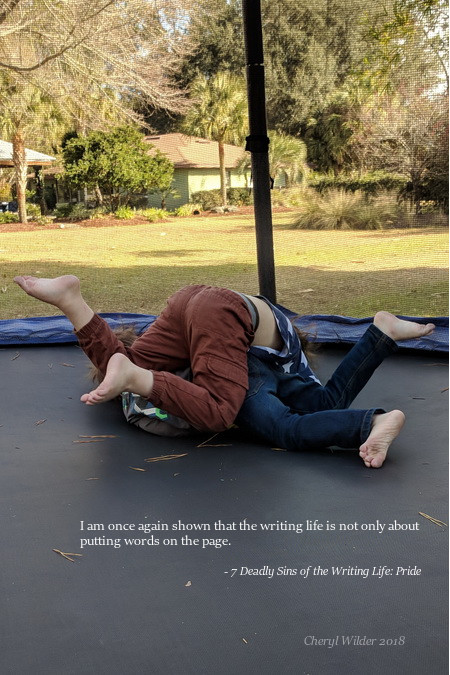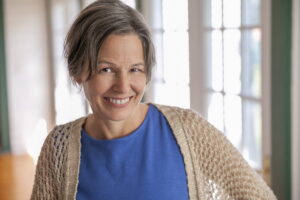I took the above photo inside La Sagrada Família, a bucket-list destination I visited with my grandmother and sister last May. When I first encountered architect Antoni Gaudí’s work, I liked the natural elements of his design–curves, color, and texture. No photo can capture the awe-inspiring atmosphere of being immersed inside light and sculpture, of feeling part of the design itself. But it’s not only Gaudí’s buildings that I’m thinking about this last day of 2022. Gaudí’s life, and his death, are real-life allegories.
God’s Architect
Gaudí took over the plans for La Sagrada Família in 1883 and quickly dedicated his life to it, even moving into a finished portion of the cathedral so he could oversee the work 24/7. Devoted to his work and the Catholic religion, Gaudí began to live like an ascetic–self-disciplined and narrowly focused. He ate frugally and dressed in old, worn suits. A man who once enjoyed the pomp and circumstance that came with being Catalan’s beloved architect, it seems his life’s work and beliefs merged into one mission: La Sagrada Família.
One morning, on his way to Sant Felip Neri church for prayer and confession, Gaudí was struck by a tram. Frail-thin and shabbily dressed, he was mistaken for a beggar and left unconscious on the side of the road. Passersby didn’t stop to help him, not for a while anyway. When someone finally took him to a hospital, Gaudí received minimal care until the chaplain of La Sagrada Família came looking for him. But it was too late, Gaudí’s unattended injuries became too grave to heal, and he died.
Sometimes I imagine people stepping over his body on the way to admire La Sagrada Família, the church he designed with their spiritual lives in mind.
Real-life Allegory
Not quite the Grateful Dead folklore where a passerby resolves the debt of a deceased stranger and later receives karmic payment. But Gaudí’s story is similar, at least in its moral meaning. A man who looked like a beggar was left on the side of the road for dead. That man was the person the townspeople revered, but only worshipped him through the joy his art brought to their lives. The townspeople walking by Gaudí’s body focused on the wrong thing: the object, not the person.
The story isn’t fiction; there is no dire consequence for the townspeople. Gaudí died, his assistant took over, and the project continued. To this day, La Sagrada Família is not complete. Gaudí was never going to see it finished.
And yet, if we look at his life’s story as an allegory, it teaches us not to be: too busy, too stingy, and too judgmental. Another lesson is in the work artists contribute to society. For Gaudí, it’s work that exhibited kindness, time, and attention. And that is worth remembering.
Celebrating Creativity
And now, to leave you with some inspiration for 2023.
As I dig up memories while writing my next collection, I don’t know exactly what will come up. Discovery happens in the writing. This quote by Kiki Smith may not fit exactly to the writing process, but it does fit to creativity (and life) in general: “The point isn’t to know what you’re doing. The point is to have an experience doing something.”
Kurt Vonnegut’s letter to a group of students at Xavier High School in New York City has made it’s way around the internet, but listening to Sir Ian McKellen read the letter makes me want to play in my mashed potatoes. Happy 2023, may you find joy in creativity.
Text on image: “between my fingers over my shoulder in hope, in prayer, in a wish”
Image and text by author. All rights reserved.

